|
Michael Coins Ltd |
![]() Other Lists
Other Lists
COIN CLUB
British Banknote Grades
These are just some of the examples of my graded banknotes of
The Bank of England period - Britannia issue - 1928 to 1960.
I am only showing examples of the £1 (one) Pound banknote
as the same grade would apply to the 10 Shilling banknote.
~~~~~~~~~~~~~~~~~~
I regret that I don't have a magnifier for my website
but you can always see these banknotes enlarged
simply by going into your "Tools" setting and under
"Zoom" and increase to 150, 200 or possibly even 250%
The banknote should still be fairly clear.
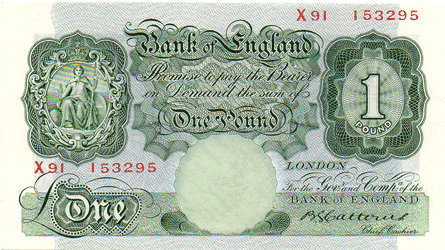
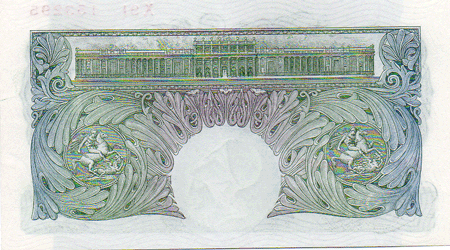
1930 Catterns - 1 Pound - B225. Mid series X~~ (X91)
Both sides appear to be Choice & crisp UNC.
UNC for banknotes that to me look as if they are "clean, no marks, no creases
and look as if they could have come straight from a bank" - As good as it comes !
~~~~~~~~~~~~~~~~~~~~~~
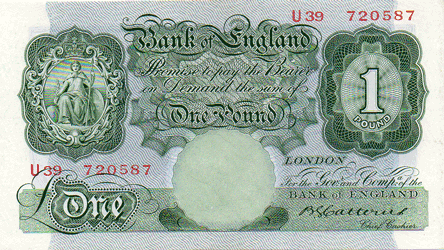
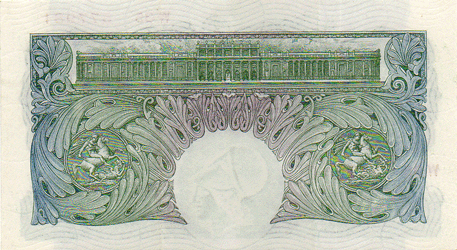
1930 Catterns - 1 Pound - B225. Mid series U~~ (U39)
Both sides appear to be Choice & crisp AUNC *
AUNC for banknotes that to me look as if they there is a faint flick, mark or
even a slight bend (NOT a hard crease). Virtually perfect !
* To most collectors there would appear to be no difference from this note and the
above note - but I have just spotted a minor flick or something that
takes this banknote down from my UNC to my AUNC !
~~~~~~~~~~~~~~~~~~~~~~
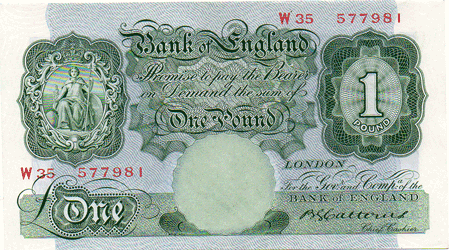

1930 Catterns - 1 Pound - B225. Mid series W~~ (W35)
Obv. Choice & crisp. Rev. When held to the light - hint of crease. Looks UNC but is EF+ !
EF+ for banknotes that very clean but have a slight crease.
Better than EF but not quite good enough to be AUNC
~~~~~~~~~~~~~~~~~~~~~~
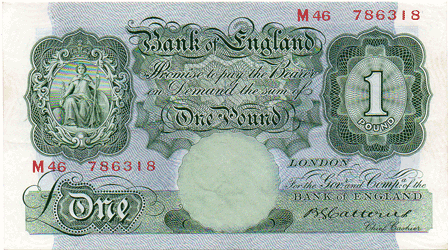
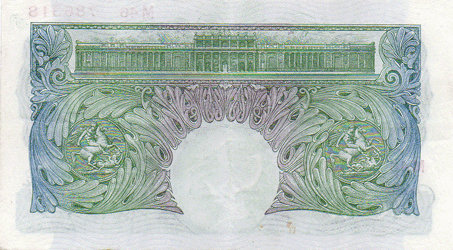
1930 Catterns - 1 Pound - B225. Mid series M~~ (M46)
Obv. Trace of a central crease. Rev. Central crease
EF for banknotes that might have slight wear and a centre crease
(Possibly on the reverse) that would be more obvious.
~~~~~~~~~~~~~~~~~~~~~~
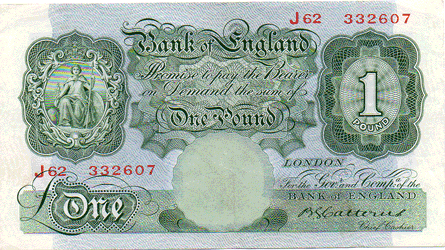
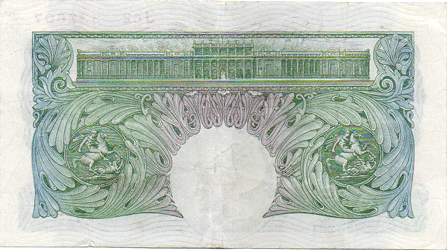
1930 Catterns - 1 Pound - B225. Mid series J~~ (J62)
Obv. Clean but with trace of a central crease.
Rev. Clean but with traces of creases Grade: EF?
Grade lower than EF would be as per normal grading.
I will also try and indicate what I have noticed, when possible !
~~~~~~~~~~~~~~~~~~~~~~
Most banknotes in lower than EF or EF? grade will have more wear or dirty
on the reverse side - just due to the way they were folded to put in a wallet.
Many dealers, auction houses and "slabbers" ONLY seem to grade the
banknote based on the ONE side ! Which I cannot understand why !
Because the banknote can be clean on the obverse, as it has been protected
whilst being folded but the reverse or back of the banknote gets dirty !
These banknotes, in my mind, need TWO grades.
One for the front of the note and one for the back of the note.
e.g. EF?/VF; VF+/F+; VF/Poor, etc.
This way the collector can judge what the banknote might look like.
~~~~~~~~~~~~~~~~~~~~~~
These are some of my examples:
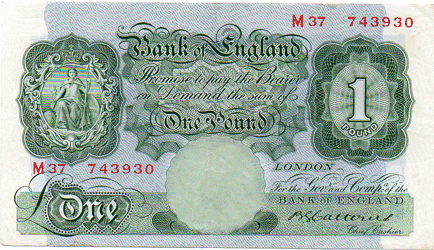
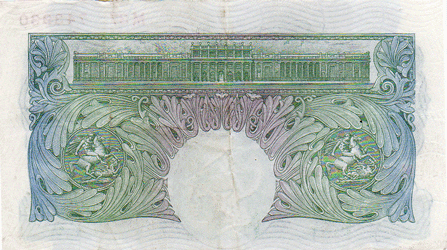
1930 Catterns - 1 Pound - B225. Mid series M~~ (M37)
Obv. Clean but trace of a central crease.
Rev. Central plus other light creases, very slightly dirty Grade: EF?/VF+
~~~~~~~~~~~~~~~~~~~~~~
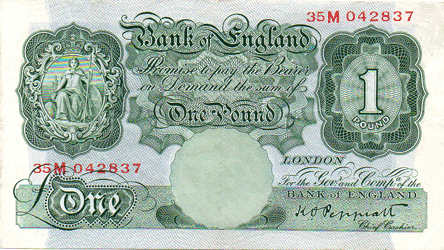
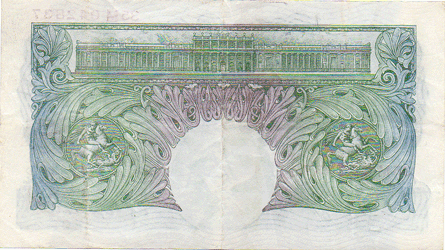
1934 Peppiatt - 1 Pound - B238. 1st issue - 1st type. Mid series ~~M (35M)
Obv. Clean but trace of a central crease.
Rev. Central plus other light creases, slightly dirty Grade: EF?/VF
~~~~~~~~~~~~~~~~~~~~~~
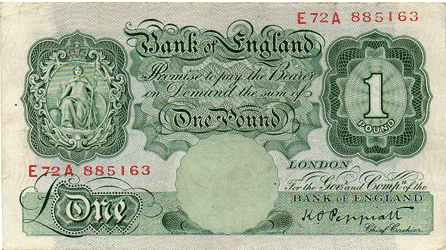
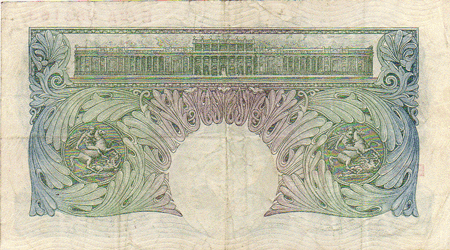
1938 Peppiatt - 1 Pound - B239. 1st issue - 2nd type. Mid series E~~A (E72A)
Obv. Cleanish - slight crease
Rev. Creases and dirty back/reverse. Grade: VF+/F
~~~~~~~~~~~~~~~~~~~~~~
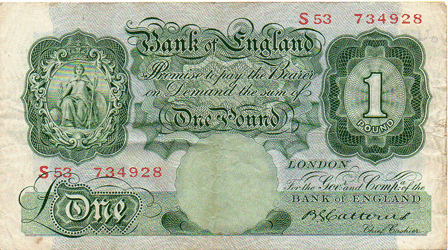
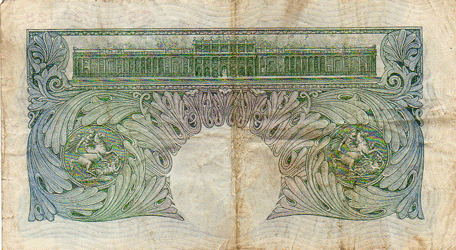
1930 Catterns - 1 Pound - B225. Mid series S~~ (S53)
Obv. Has seen circulation and is slightly dirty and creased (Fine+)
Rev. Is dirty and creased (Poor) Grade: F+/Poor
~~~~~~~~~~~~~~~~~~~~~~
Pressing:
Most dealers, collectors, etc. go on about "Pressing" of banknotes as being a bad thing.
I agree that ironing a banknote will NOT improve its grade.
However, everyone is guilty of some sort of pressing of their banknotes !
When banknotes come out of a "Hole-in-the-wall" machine they have been pressed down by rollers
before they come out. In early days and even now to preserve a banknote when you got it in good
condition to carry it home you might have put it in between the pages of a book. To keep it flat.
At home. a collector and or dealers will put their banknotes for display or storage in plastic /
vinyl wallets or pages. This also will keep them flat !
The pages and the banknotes within the albums get flattened when the album is closed up.
The same with wallets when stored in boxes, etc.
"Slabbers" even seal them in between plastic covers - so they are totally flat;
that is so the banknote cannot move around !
So I believe that we are all guilty of some sort of "Pressing" of banknotes.
I would say that all the banknotes that have been purchased over the years have come from
collections or auctions that will have had some sort of pressing - intentional or not !